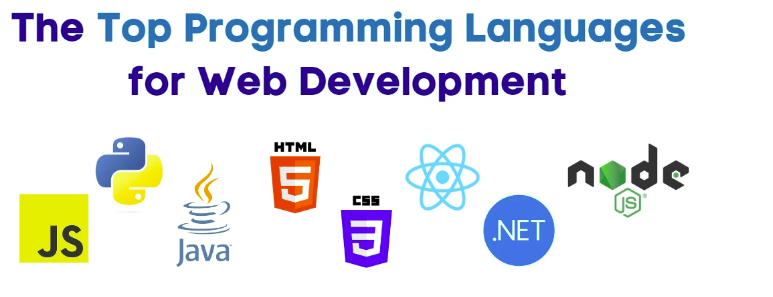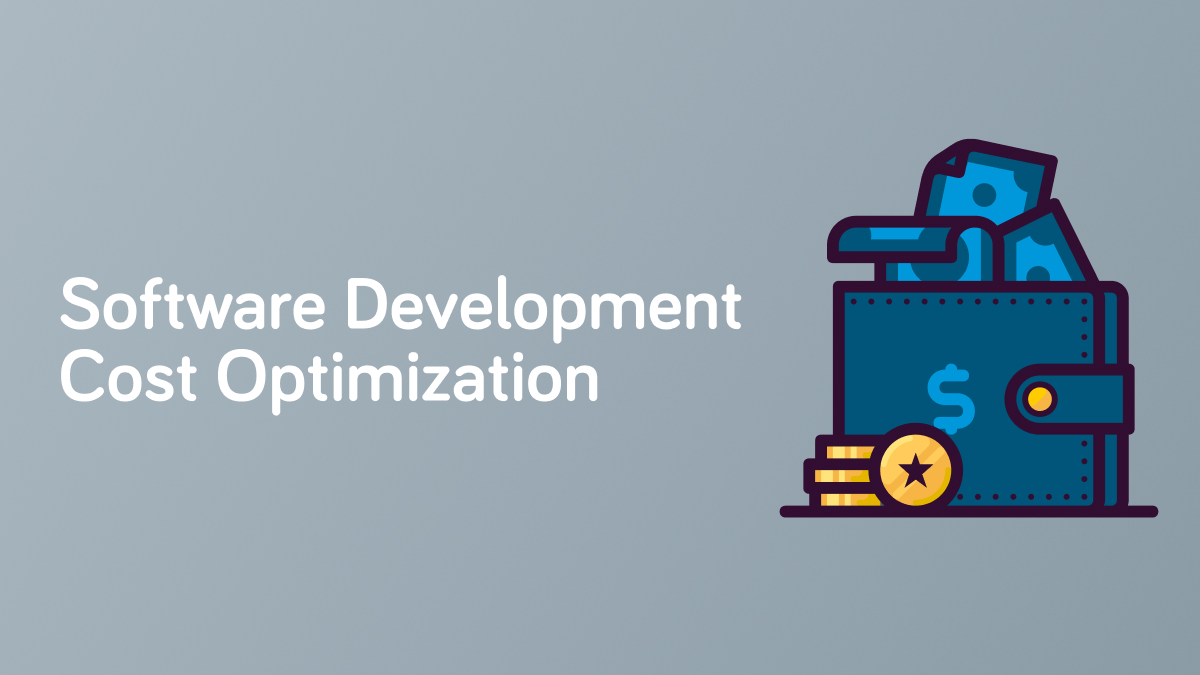In the fast-paced world of web development, developers need to know the most recent programming languages in order to design modern and efficient web-based solutions. As we enter into 2024, let us take a look at the top 10 web development languages that will outperform others.
Web Development Languages – What Does It Mean?
In essence, web development is a process of creating and maintaining websites by using programming languages as well as other technologies such as databases. This ensures functionality and aesthetic qualities of an interface. Coders design websites which respond to certain requirements and user expectations. An instance of tremendous web development is none other than Facebook. HTML, CSS, JavaScript for the web frontend and PHP for server-side scripting are some examples of technologies used in making Facebook. For instance, the dynamic aspects of the website together with the constant updates ratings demonstrate the power behind web development in generating captivating interactive experiences online.
What is the Best Web Development Languages?
The term “best” in relation to a web development language will depend on project specific needs and objectives. However, it’s generally agreed that JavaScript is one fundamental programming language for any web developer. It is a flexible and dynamic object-oriented scripting language that runs inside client browsers. This helps developers come up with dynamic objects as well as interactive functions on their forms’ fields enabling them perform tasks at the client side without necessarily sending fresh data to servers. Moreover, it may be noted that JavaScript plays vital roles in enhancing real-time updating by clients involving users while they engage with various frontend applications including those that are mobile based such as games among others. With Node.js among other technologies now available; JavaScript can also be used at server-side.
- JavaScript:
To this day Java Script is still paramount when it comes to developing websites in 2024. It can create sophisticated UI’s across different devices quickly being compatible with most modern browsers.React.js and Vue.js are only examples of these frameworks JavaScript continues to dominate front-end and back-end components thanks to new frameworks like React.js or Vue.js being introduced lately. - Python:
Python has been gaining popularity among developers recently owing to its simplicity combined with readability characteristics allowing creating different frameworks like Django plus Flask. As such, many developers prefer Python as it has easy to learn and has a huge support community for developing large scale and simple projects. - TypeScript:
TypeScript on the other hand is a powerful alternative to JavaScript. With TypeScript, it’s now possible to add static types into your code which helps in enhancing its quality and working together among different developers. This language is compatible with frameworks such as Angular making it suitable for development of enterprise-scale web application. - PHP:
PHP continues to be one of the most widely used languages in server-side scripting. Despite the existence of other advanced languages, PHP still enjoys great popularity in web development powering so many websites and applications across the world. The release of PHP 8 provides new features that developers can use for their performance benefits. - Java:
Java is still very much relevant when it comes to enterprise level web development. Java remains popular due to platform independency and Java’s large developer community which makes it a favorable language for building secure and scalable web applications. It also enhances Java perform various tasks within modern day web development scenarios using frameworks like Spring as an example. - Ruby:
Ruby on Rails continues to be the fastest tool for developing websites rapidly; with its simple syntaxes, Ruby on Rails makes software development process easier because there is little configuration involved. It is still more preferred by startups or small/medium businesses than other programming languages like Python or Node.js for instance. - Go (Golang):
Go gains popularity for its efficiency and performance. Developed by Google, Go has become a favorite for building scalable and concurrent web applications. Its straightforward syntax and efficient execution make it an ideal choice for projects requiring high performance. - Swift:
Swift extends its reach to web development. Initially designed for iOS app development, Swift has ventured into the web development arena. With frameworks like Vapor, Swift enables developers to build robust and scalable server-side applications. - Kotlin:
Kotlin emerges as a versatile language for web development. Known for its interoperability with Java and concise syntax, Kotlin is gaining popularity as a modern and pragmatic choice. It is particularly favored for developing web applications using frameworks like Ktor. - Rust:
Rust enters the web development scene with a focus on safety and performance. Recognized for its memory safety features, Rust is gaining attention for building secure and efficient web applications. Its unique ownership system helps prevent common programming errors.
JavaScript As the Most Used Language In 2024
As of 2024, one of the web development languages with broadest implication is JavaScript.
Here’s why:
- Ubiquity: JavaScript is the web language that powers it all. It is supported in major web browsers and extensively used to script for clients. The latter has even become more important due to single-page applications (SPAs) as well as frameworks like React, Angular and Vue.js.
- Full-stack Development: JavaScript is no longer limited only to client-side development. With Node.js coming into existence, now JavaScript can serve as a server-side technology too. This enables developers to streamline their work by working with the same language and ecosystem on both the frontend and backend side.
- Community and Ecosystem: In terms of developer communities globally, JavaScript ranks among the largest ones which are highly active. There are innumerable libraries, frameworks, tools meant for JavaScript development that make it easier for developers to solve problems encountered during coding while also keeping abreast with current trends.
- Job Opportunities: The demand for JavaScript developers in job markets is high as a result of its wide use across the board. Once you learn JavaScript, there are numerous career paths from front-end development to back-end development or full-stack development.
- Future Trends: As new advancements occur in programming world so does JavaScript because it keeps evolving into something else entirely
CONCLUSION
In conclusion, the landscape of web development languages in 2024 reflects a diverse array of choices catering to different preferences and project requirements. Whether you are a seasoned developer or a newcomer, considering these languages can greatly influence the success and efficiency of your web development endeavors. Stay tuned for updates in this ever-evolving field as new languages and frameworks continue to emerge.





